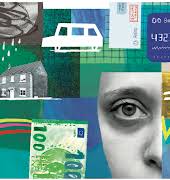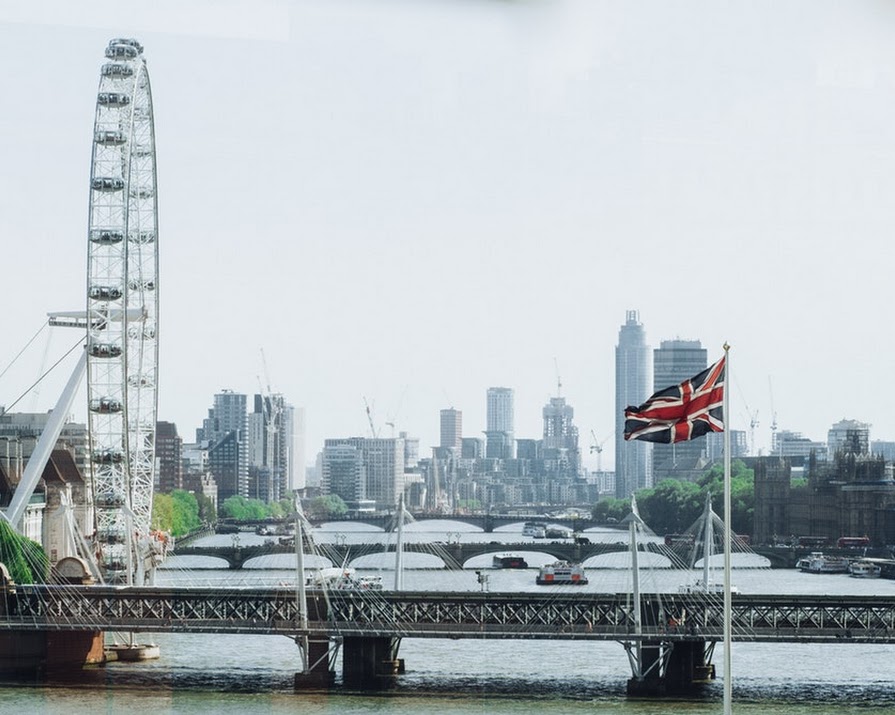
By Erin Lindsay
15th Jan 2019
15th Jan 2019
Two years of negotiations, votes, debates, campaigns, and plenty of controversy has led up to today. Tonight, Theresa May will put her Brexit deal to a vote in the House of Commons, and MP’s will decide how they want to proceed with her plans to leave the EU. It’s a complicated issue and every detail has been discussed at length in the news for months. But what is the vote actually about? What is in May’s Brexit deal? And what will happen if they vote yes, or no? We’ve condensed the story down to the need-to-know facts, and explained it all in a nutshell so you’re clued in for tonight’s vote.
What is happening today?
At about 7 pm, MPs will vote on Theresa May’s proposed Brexit deal. This vote was supposed to take place in December but was delayed as it looked like the Prime Minister was on course to lose. As it stands, Theresa May is still expected to lose by a significant margin in tonight’s vote.
What is Theresa May putting forward?
The EU Withdrawal Bill is a lengthy document (over 500 pages) but the key points are below. The Withdrawal Bill puts forward an idea that the UK and the EU will go through a post-Brexit “transitionary period” until December 2020. During that time, although they won’t be an EU member, the UK will still have to adhere to EU rules. The transitionary period can be extended by one or two years, once there has been a mutual decision to do so by July 2020.
Ireland and the border
One of, if not the most contentious issue in the Brexit deal is what will happen to the border between Ireland and the UK in Northern Ireland. The main point is making sure the UK and Ireland don’t return to a hard border, which would threaten the peace the island of Ireland has had since 1998. Theresa May’s deal puts forward that the UK would remain in a temporary customs union with the EU until 2020. After that, if there has not been an agreement on the border, the ‘backstop’ will come into effect.
The backstop is like an insurance policy to make sure there is no hard border between Ireland and the UK. Northern Ireland will be aligned with the single market, while the rest of the UK will become a “temporary single customs territory”. There would be no checks at the Irish border, but there would be some controls between Northern Ireland and the rest of the UK. The backstop will remain in place until a better agreement can be found between the UK and the EU. The backstop can only be ended by mutual agreement — the UK cannot decide to end it on its own.
Citizen’s rights
Immigration and free movement throughout the EU was another issue that dominated the Brexit vote in 2016. Under the proposed deal, EU nationals who live in the UK and British people who live in European countries will retain their residency and social security rights after Brexit. During the transitionary period until 2020, people will still be free to move and live between the UK and EU. When the period ends, people can stay where they are based and will be eligible to apply for residency after five years. Britain will then have the freedom to set its own immigration rules.
Financial settlement
After Brexit, Britain will owe money to the EU to settle its obligations. There is no exact figure of how much they owe to the EU in the Withdrawal Bill but it’s estimated as being around £40 million. This includes the contributions the UK will have to make to the EU during the transitionary period. If they extend this period, they will have to make more payments.
Why are so many people against the deal?
Many MP’s who wanted a hard Brexit are against May’s current deal, for lots of reasons. Brexiteers argue that the current deal gives the EU too much control over the UK, especially during the transitionary period, which is the main reason why they voted leave. The issue of the Irish border has angered many Northern Irish unionists, who dislike being set apart from the rest of the United Kingdom. The UK having to adhere to EU rules during the transitionary period also means that they are not free to apply new trade deals to new countries. Brexiteers are also against having to pay more money to the EU, while still having to adhere to EU rules even though they will not be a member state.
What happens if they vote yes?
If the parliament votes yes to Theresa May’s agreement, then the Brexit deal will go ahead on March 29 of this year. The transitionary period will begin, and the UK and EU will begin preparing for the changes set out in the deal to take place in December 2020.
What happens if they vote no?
This is the more likely option, but there are a number of things that could happen if the parliament votes no. Theresa May will have to submit her plans for her next steps to parliament by January 21. She could ask the parliament to vote again on the deal, or head back to Brussels to try and negotiate a better deal with the EU.
The Labour Party has said that it will call a vote of ‘no confidence’ in Theresa May’s government if her deal is rejected. If the majority vote against May’s government, Labour will have two weeks to prove that it could form a government and gain a majority in parliament. If it can’t, the UK will have a general election and it will be up to the people to decide who is best to lead the government.
The government will likely postpone Article 50 in the event of a no vote, probably until the summertime, in order to give enough time for another vote and for other Brexit legislation to be passed.
There is a slight possibility of a second referendum on Brexit, but as the majority of the government would not support it (Theresa May has vehemently opposed it, and Jeremy Corbyn has said that it is his intention to get a better deal for Brexit), it is unlikely to happen.
If nothing happens to stop Brexit, but the government cannot agree on a deal, then the default position is a No Deal Brexit, which means that the UK will leave the EU on March 29 with no set plan.
Related: Britain would reverse Brexit if they had another vote, according to poll
Related: Increase in Irish house sales to UK buyers as Brexit approaches























